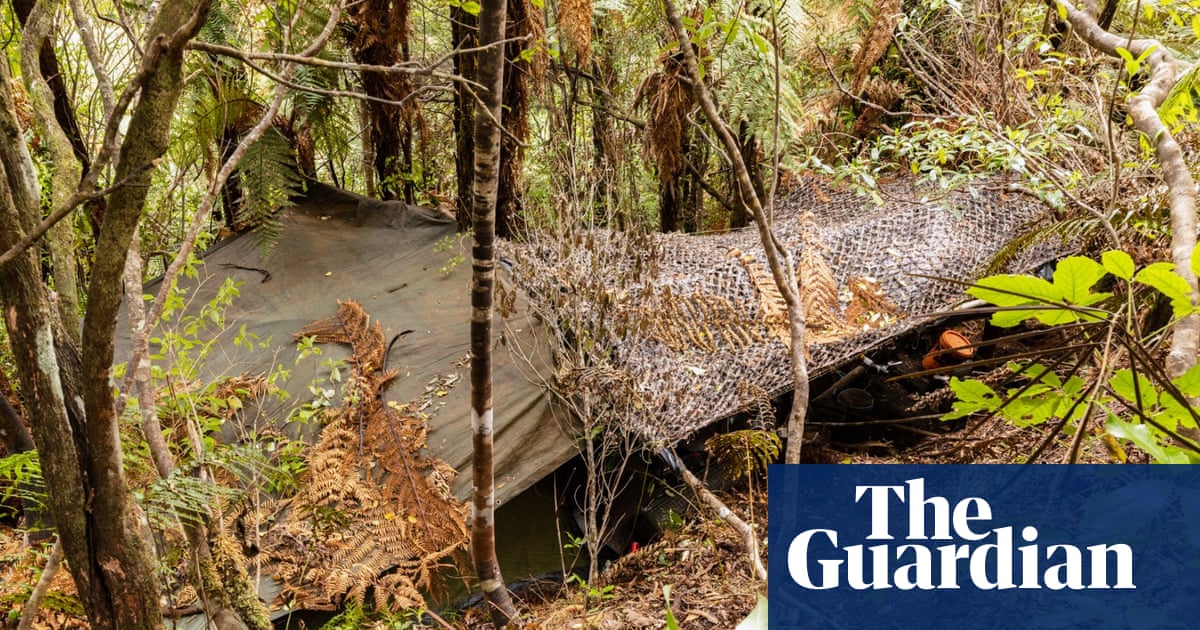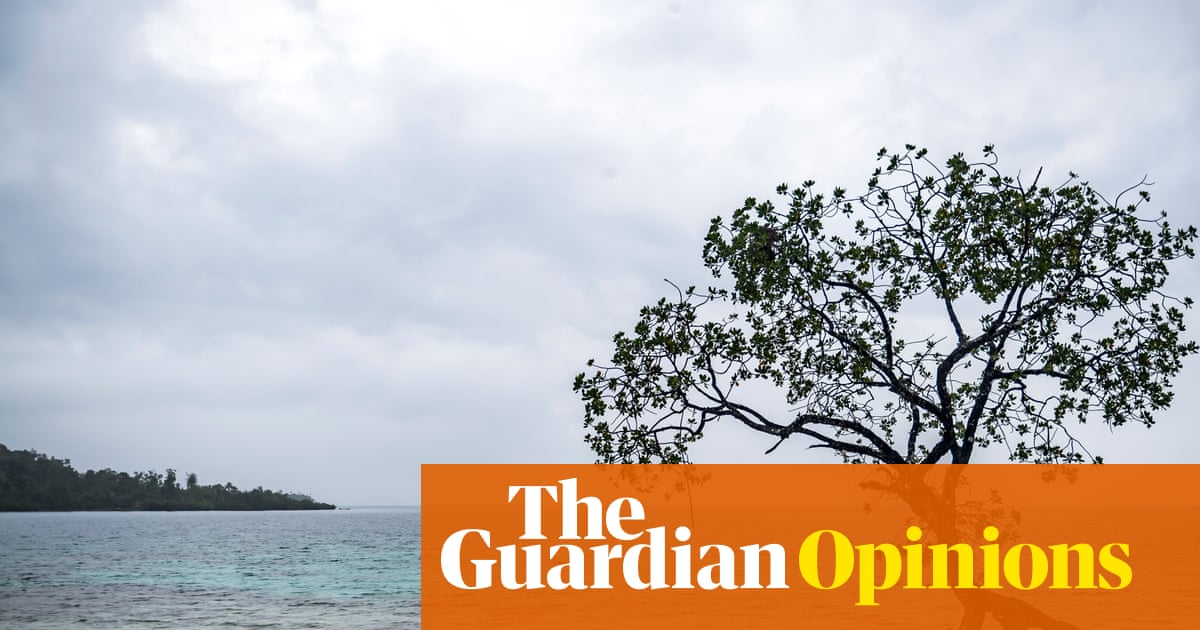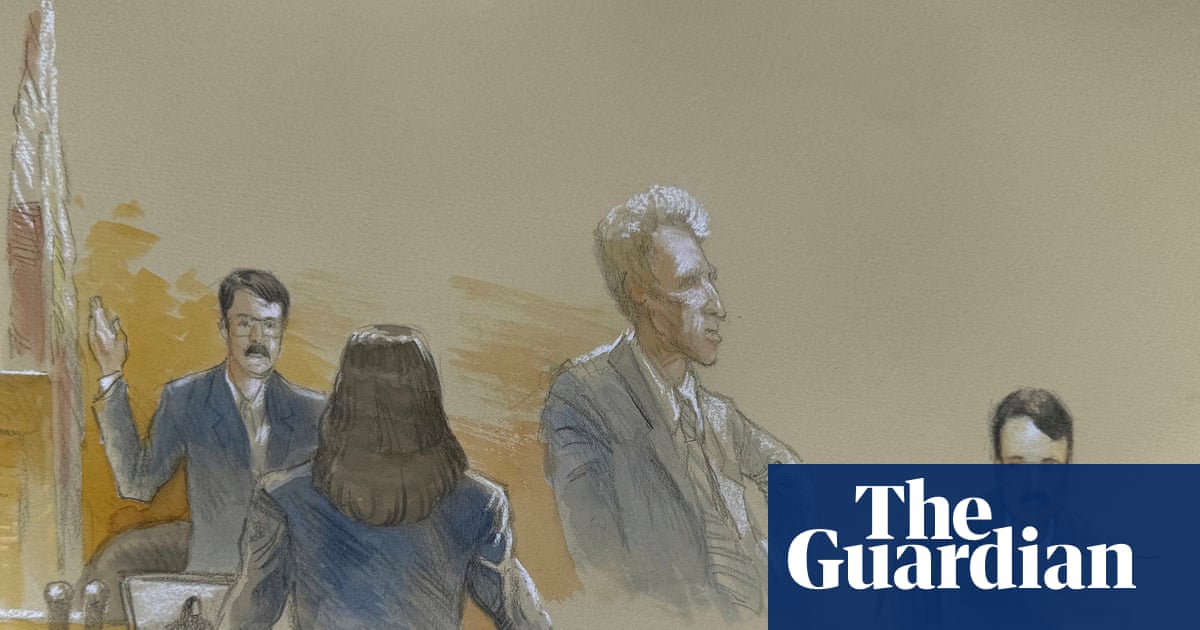1. How does woke start winning again?
Protesters surround the statue of Edward Colston after it was pulled down during a protest in Bristol in June 2020. Photograph: Ben Birchall/PA
British progressives have suffered major setbacks in recent years, in both public opinion and court rulings. Was a backlash inevitable, and are new tactics needed, asks Gaby Hinsliff in this fascinating Long Read: “On all sides, woke has become shorthand less for a set of widely accepted liberal beliefs than an associated style of highly online activism, seen as prone to denouncing opponents as morally evil, engaging in competitive victimhood and favouring performative protest over practical change.”
2. America’s infatuation with boy geniuses and ‘Great Men’ is ruining us
A movie still featuring Adam Neumann from WeWork: Or the Making and Breaking of a $47 Billion Unicorn (2021). Photograph: Everett Collection Inc/Alamy
We’re obsessed with narratives about powerful men and how they got that way. But our mania for founder myths obscures an ideology of inequality, writes author Alice Bolin for Guardian US’s weekend Featured essay: “The current billionaire class has more power than any human beings have ever had, and they wield it with remarkably little responsibility. Billionaires must be cut down to size through every means possible, from breaking up monopolies to tax reform to financial regulation to union drives. But we also need to stop swallowing these Great Man stories whole and recognise them for what they are: an ideology of dominance.”
- A Guardian illustration of a young person drowning in a tide from a smartphone. Illustration: Anna Parini/The Guardian

Jonathan Haidt’s book about why social media and smartphones have done, and are doing, to chillden’s brains has become an international bestseller and a must-read for parents of young and teenage children. In this interview with David Shariatmadari he spoke about becoming a figurehead of the conversation about kids and technology and his playbook for fighting back against what he calls “The Great Rewiring” of children’s brains.
4. Okinawa was the bloodiest battle of the Pacific War: 80-years on are the dead being betrayed?
Hisashi Teruya at the Tsushima-maru memorial museum. Hisashi Teruya is a survivor of the catastrophe in which the ship was sunk by an American torpedo attack. Photograph: David Levene/The Guardian
On 1 April 1945, US troops landed on Okinawa during their push towards mainland Japan, beginning a battle that lasted until late June. About 12,000 Americans and more than 188,000 Japanese died.
In this beautifully designed report, Justin McCurry, the Guardian’s Tokyo correspondent follows Takamatsu Gushiken on a mission to uncover as many remains of as many dead soldiers as possible, identify them and return them to their families.
Justin also explores this story further in an accompanying documentary directed by Guardian photographer David Levene, titled The Bone Hunter.
5. ‘Made for sex’: the hedonistic party palaces of New York’s Fire Island – and the blond bombshell who made them
Disco energy … Lipkins House, the brainchild of Horace Gifford. Photograph: Tom Sibley
Over the last century, Fire Island Pines, as the central square-mile section of this sandy spit is known, has evolved into something of a queer Xanadu. Now counting about 600 homes, it is a place of mythic weekend-long parties and carnal pleasure, a byword for bacchanalia and fleshy hedonism – but also simply a secluded haven where people can be themselves … ”
Oliver Wainwright examines the architectural legacy of Horace Gifford, the architect who arrived there in 1960, aged 28 and bored with working in a dull office in Manhattan and determined to make his mark in the sand.
6. ‘Send me some money!’ My unforgettable encounters with the legendary Sly Stone
‘He affected my life second only to God’ … Sly Stone. Photograph: Dm/Globe Photos/ZUMA Press Wire/Shutterstock
Guardian music critic Alexis Petridis had several close calls before he managed to secure his first interview with the legendary American musician, who died this week, including attempting to speak to him from a children’s playground while on holiday in Cornwall. Here he recollects his conversations with a genius who burned brightly before spending decades in a drug-fogged wilderness:
“He achieved more in those six years than most artists achieve in their lifetime, making music of such quality and originality, such power and funkiness, that you suspect it will be played for the rest of time. If there is anything even remotely like it in the thousands of tracks he amassed in his later years, that is just a bonus.”

 2 months ago
52
2 months ago
52

















































